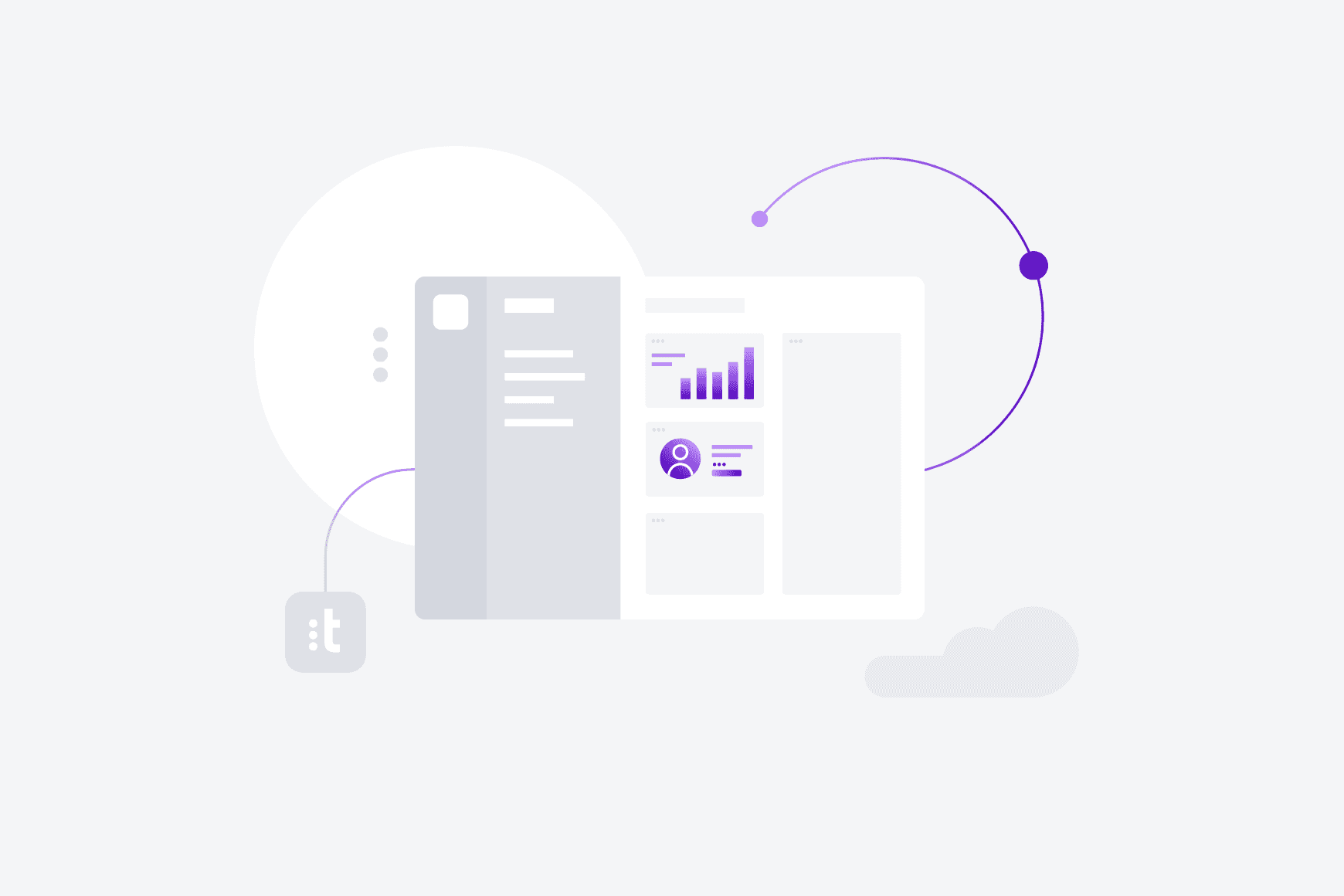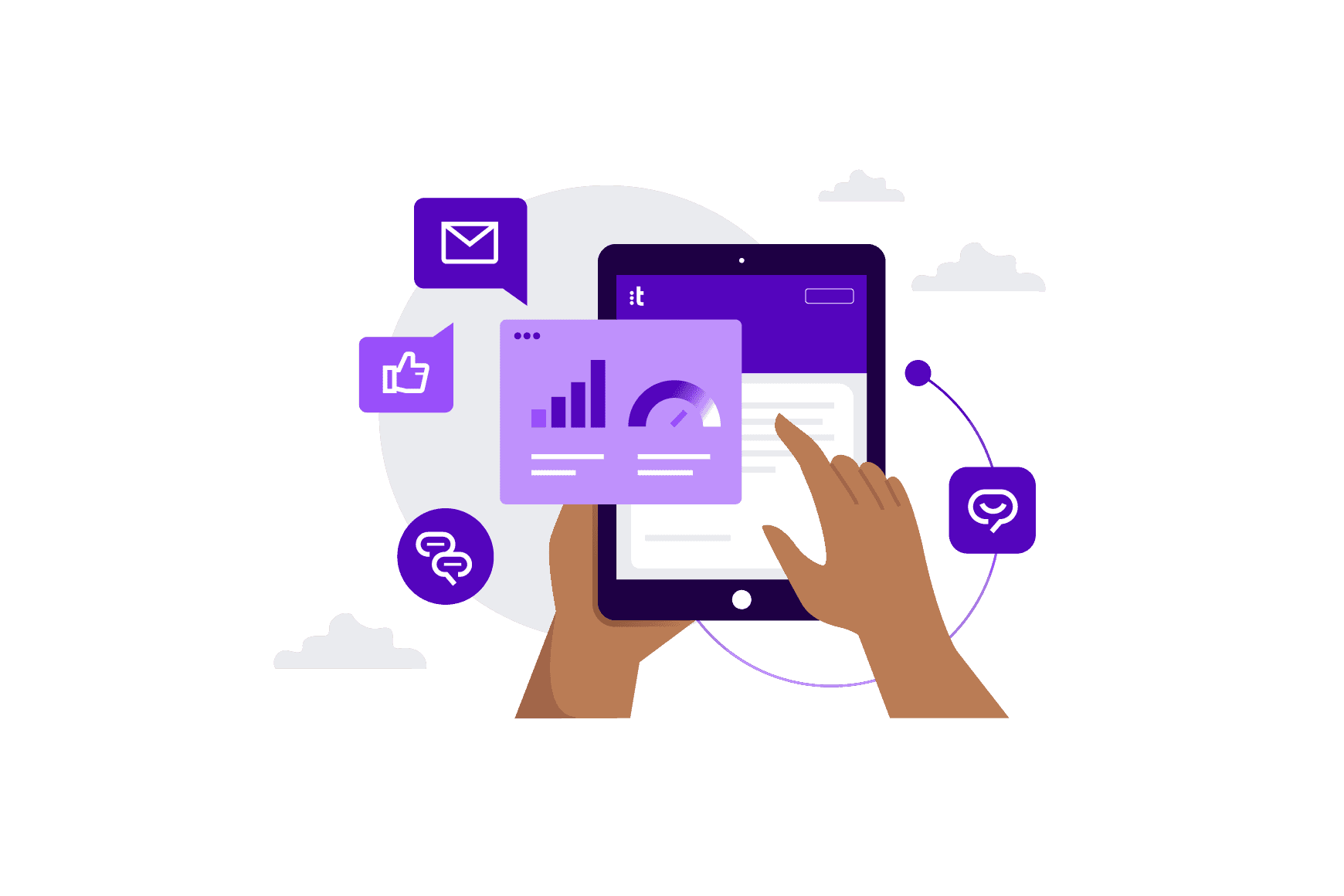Contact Center Trends
Tips for Reducing Blocked Calls in Inbound Call Centers

For inbound call centers, even one blocked call can result in a missed revenue opportunity, or worse, losing a customer forever. Thus, in order to ensure that your team is connecting with each inbound caller, you must understand the common causes of blocked calls and put practices into place that significantly reduce blocked calls.
Causes of blocked calls
The first step in reducing the number of blocked calls in your call center is understanding the causes of blocked calls. The following are the most common causes of blocked inbound calls:
- There are no available agents and there are no call queues configured so callers hear a busy tone
- There are no available agents and the call queues are full so callers hear a busy tone or an announcement asking them to call back later
- There are no available agents and the call queues are full so callers are routed directly to voicemail
- The call center software can not adequately handle the call volume
Busy inbound call centers can easily fall victim to one or more of the aforementioned causes of blocked calls. Make sure your call center agents are connecting with all inbound callers by following the tips, tools and techniques suggested below.
How to reduce blocked calls
The following tips, tools and techniques will ensure that callers never receive a busy signal when they call your inbound call center:
Make sure your call center software can support your call volume
One of the most common reasons for blocked calls is that companies don’t have the call center software infrastructure in place to support their call volume. To resolve this issue check in with your call center software provider to ensure that your account has unlimited concurrent calling capabilities. You should also make sure that you have enough trunks and bandwidth to support inbound call volume. Once you are sure that you have the call center software infrastructure in place to support inbound call volume, follow the steps below to reduce blocked calls in your call center.
Optimize call queuing
After ensuring that your call center software can support inbound call volume, you must make sure that your call center software is configured in such a way that it will help to reduce blocked calls. One call center software feature that is critical in this pursuit is call queuing. Call center software that has a call queue system that is sufficient to handle periods of high call volume will significantly reduce blocked calls in your call center. Make sure that your call queues can be customized for each agent, phone number, department and the call center as a whole. Configure the call queues so that the maximum number of calls allowed in queue is optimal. You should also equip your agents with call center software that has real-time data about the callers in the call queues. This will allow them to adjust their approach to interacting with customers in such a way that they can help to reduce the number of calls in the queue. Optimizing your call queue configurations and equipping your team with effective queuing tools will significantly reduce blocked calls in your call center.
Use queue callbacks and queue to voicemail
Once you have your call queues configured, you should also activate features like queue callbacks and queue to voicemail to help reduce blocked calls. They allow callers who are waiting in a call queue the option to request to have an agent call them back or to leave a voicemail instead of waiting in the queue. They are simple features that will significantly reduce the number of callers waiting in your call queue – and the number of blocked inbound calls.
Improve call forecasting
After you have made sure that your call center software can support your inbound call volume and that it is configured optimally, the next step is to accurately forecast call volume so you can staff your call center accordingly. Utilize a workforce management system to take a data-driven approach to forecasting call volume. This will have a significant impact on reducing blocked calls in your call center as teams will be well-prepared to meet the demands of inbound calls.
Optimize agent scheduling and adherence
Once you have a handle on predicting call volume, make sure that you have the right agents with the right skills working exactly when they are needed. Utilize your workforce management system to optimize call center staffing and scheduling. Follow best practices to enhance agent schedule adherence. Finally, employ remote call center agents to field incoming calls during periods of high call volume. These tools and practices will help reduce the likelihood that call queues reach maximum capacity (thus reduce the number of blocked calls) as there will be sufficient staff to handle the demand.
Optimize agent training
The final step in reducing blocked calls in your call center should be making sure your team has the skills necessary to effectively and efficiently meet callers’ needs. When teams are trained to perfection, handle time, number of calls in queue and the number of blocked calls all decrease. Make sure that your call center agent training protocols include information about the impact of blocked calls on the call center as well as what they can do to help reduce blocked calls during periods of high call volume (i.e., postpone breaks, after call work and training sessions until the calls in queue are at a manageable level). They should also receive training on call handling best practices, how to effectively resolve caller issues and how to navigate their call center software and integrated business tools so they can efficiently meet the caller’s needs. Optimizing call center agent training will increase agent efficiency and reduce handle time which can significantly reduce the number of blocked calls in your call center.
For busy inbound call centers, even one blocked call can have a detrimental impact on customer satisfaction, customer loyalty and revenue. Thus, inbound call centers should utilize call center software features and put practices into place that will significantly reduce the number of blocked calls. Doing so will ensure that your team doesn’t shoot themselves in the foot before they can get a foot in the door.


